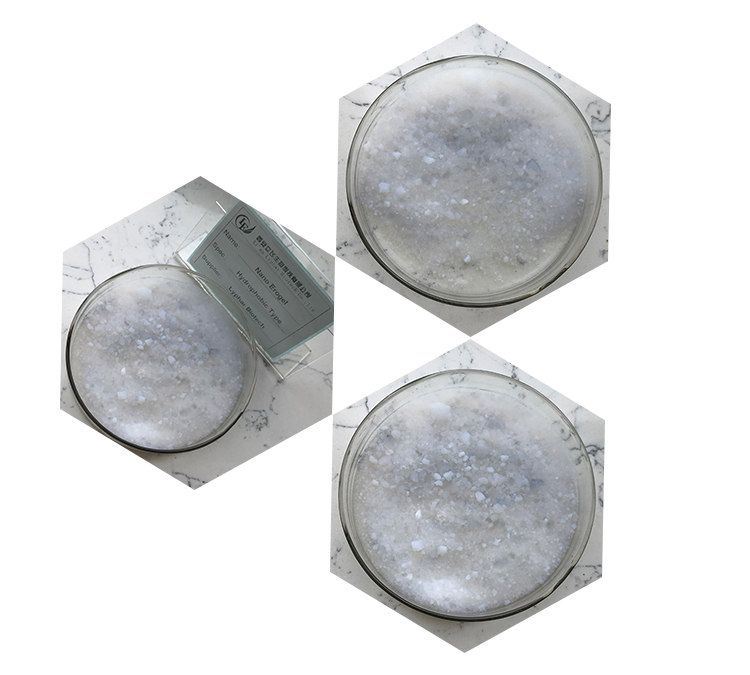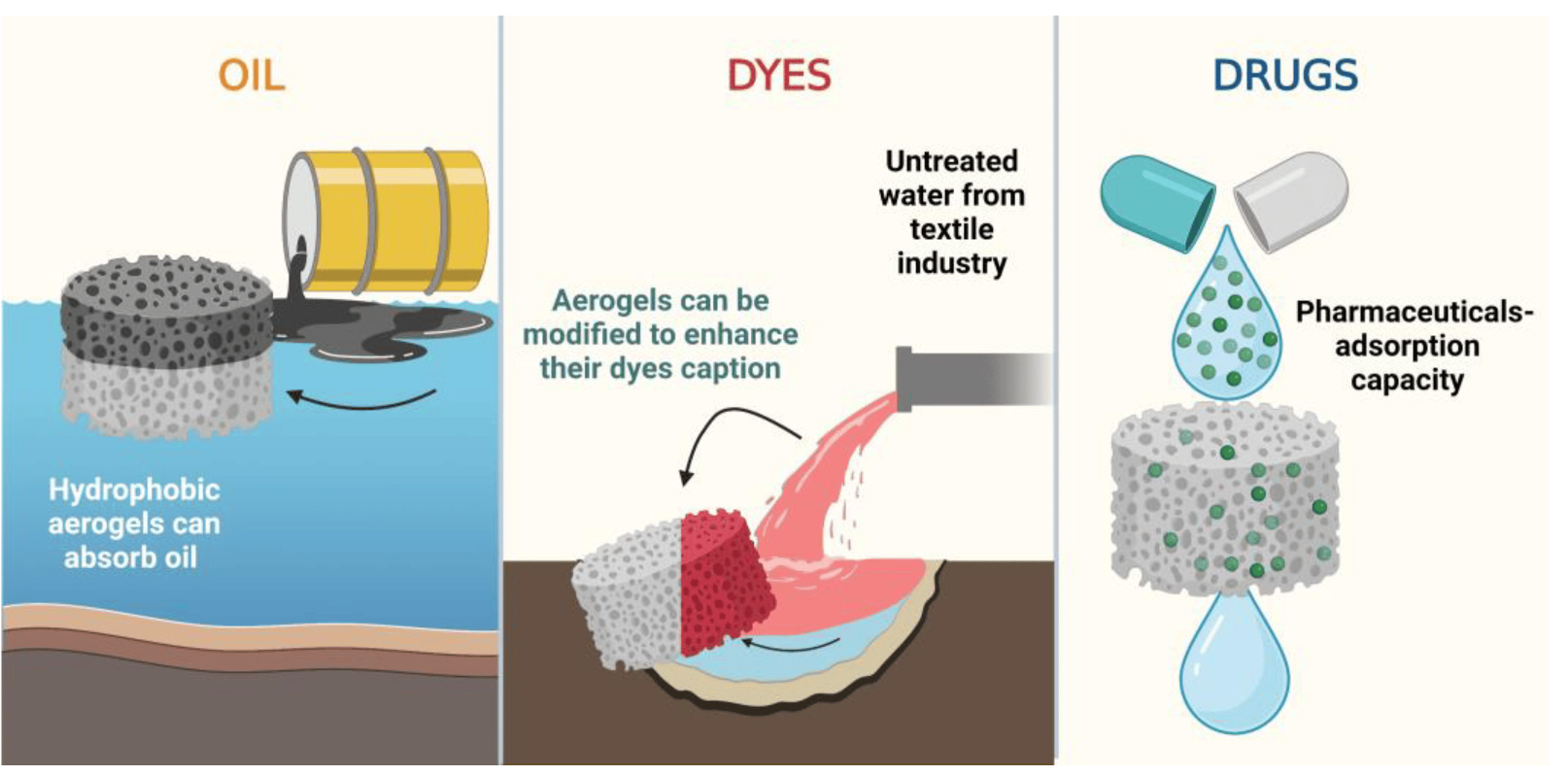Aerogel is fascinating materials known for their extremely low density and excellent insulating properties. The preparation method varies depending on the specific type of aerogel being produced, but the most common process is the sol-gel method, followed by supercritical drying. Here’s a general overview of the process:
1. Sol-Gel Process (Preparation of Sol)
- Precursor Materials: A metal alkoxide or other precursor material is dissolved in a solvent. Common precursors for silica aerogel include tetraethyl orthosilicate (TEOS) or sodium silicate.
- Gel Formation: The precursor solution undergoes hydrolysis and polycondensation reactions, forming a gel network. The gel will typically form as a semi-solid structure where the liquid and solid phases coexist.
2. Aging and Strengthening the Gel
- After the gel forms, it is allowed to age in its solvent for some time. During this step, the network structure of the gel strengthens. The gel can also be further chemically treated to improve its properties, such as increasing the cross-linking density.

3. Solvent Exchange
- The gel is typically saturated with a liquid, like alcohol or water. To prevent the gel from collapsing during drying, a solvent exchange process is often used, where the liquid inside the gel is exchanged with a solvent that is more compatible with the drying process, like ethanol or acetone.
4. Supercritical Drying
- This is the most critical step in the aerogel production process. Aerogel is typically dried in a supercritical fluid state (usually CO₂).
- The gel is placed in an autoclave (a high-pressure container) where CO₂ is introduced. The gel’s liquid phase is gradually replaced with CO₂, and the pressure and temperature are adjusted to reach the supercritical point of CO₂.
- The supercritical fluid allows the liquid to transition into a gas without passing through the liquid-vapor phase, avoiding the formation of surface tension that can cause the gel to collapse.
- Once the gel has been dried, the CO₂ is vented off, leaving behind the porous, low-density aerogel.
5. Post-Processing (Optional)
- Sometimes, further processing steps, such as heat treatment or additional surface modifications, are carried out to fine-tune the aerogel is properties.

Types of Aerogel
- Silica Aerogel: These are the most common and are typically used for insulation, as they are highly porous and have excellent thermal insulating properties.
- Polymer Aerogel: These are made by cross-linking organic polymers and have applications in areas requiring lightweight materials with flexible properties.
- Carbon Aerogel: These are produced by pyrolyzing organic aerogels and are useful in energy storage applications, like supercapacitors.
The exact details can vary depending on the desired properties of the final aerogel, but this general method is the backbone of most aerogel production processes.
